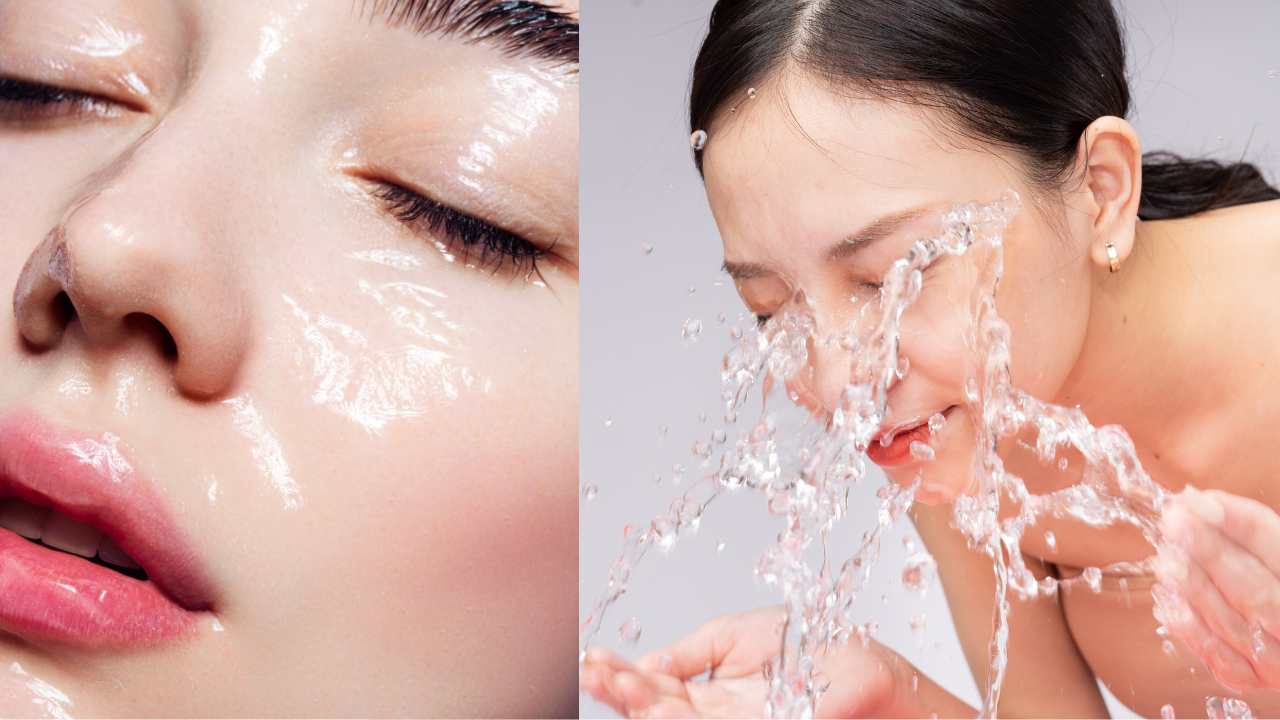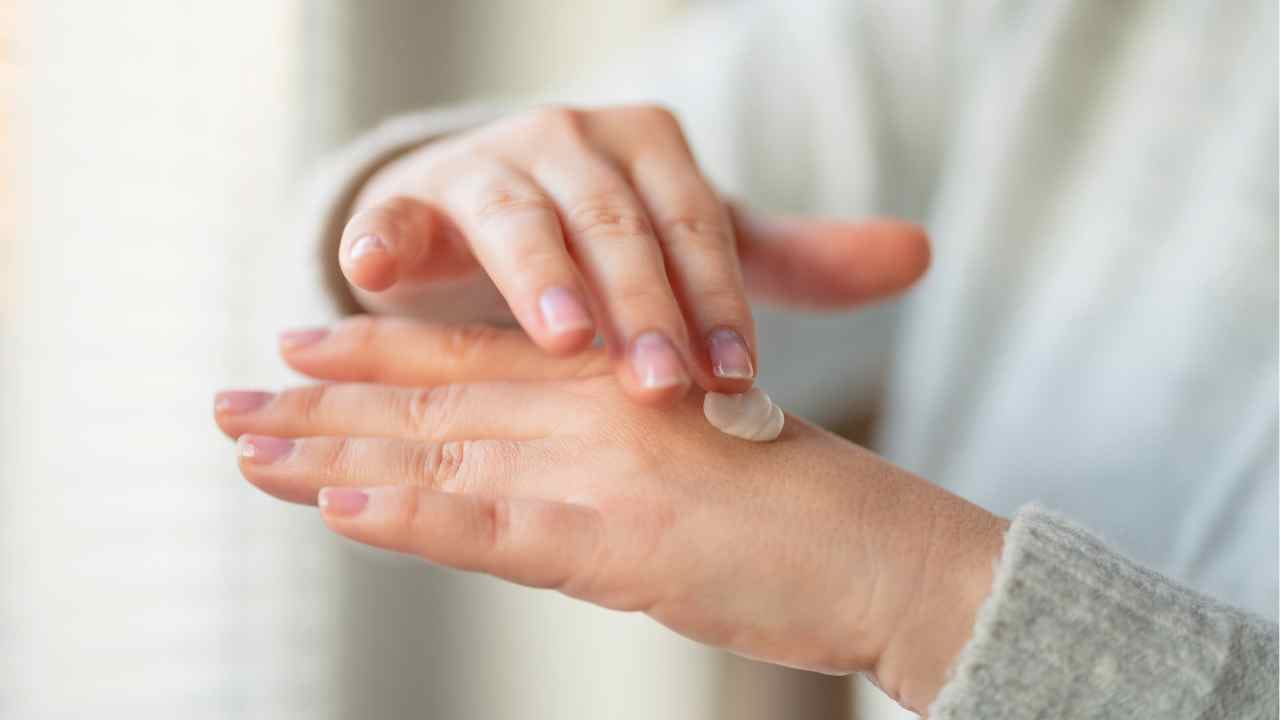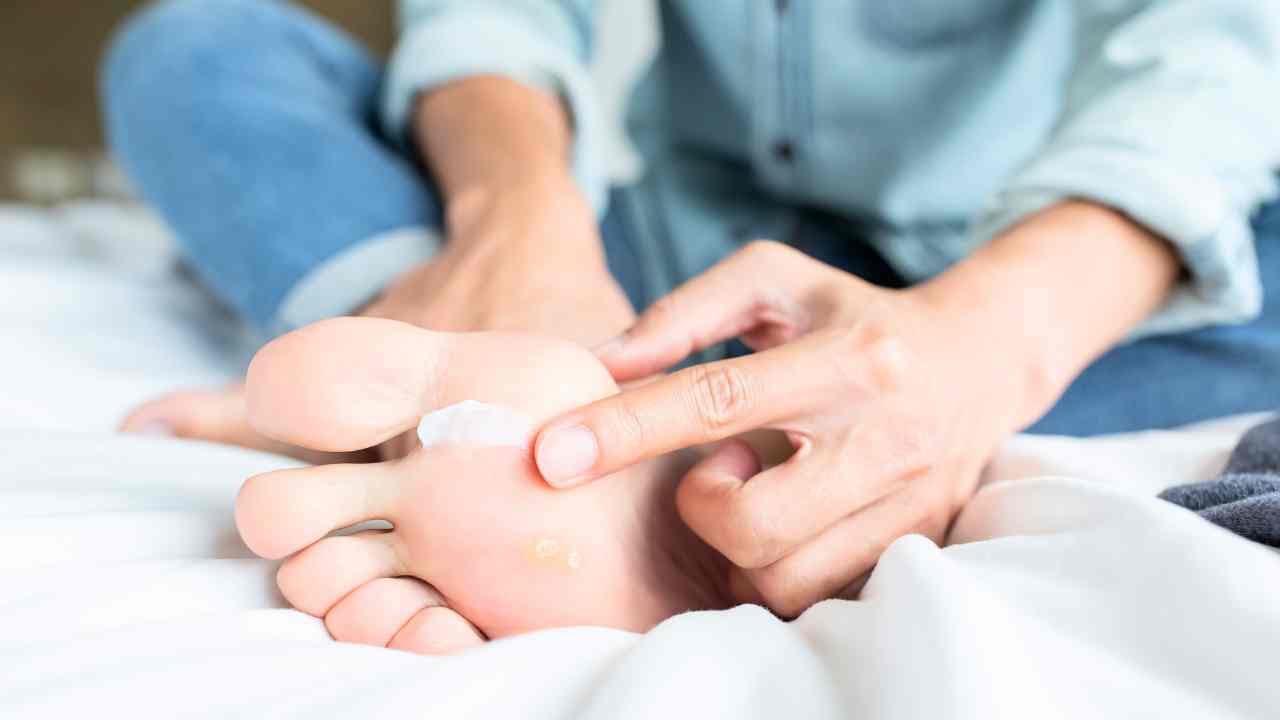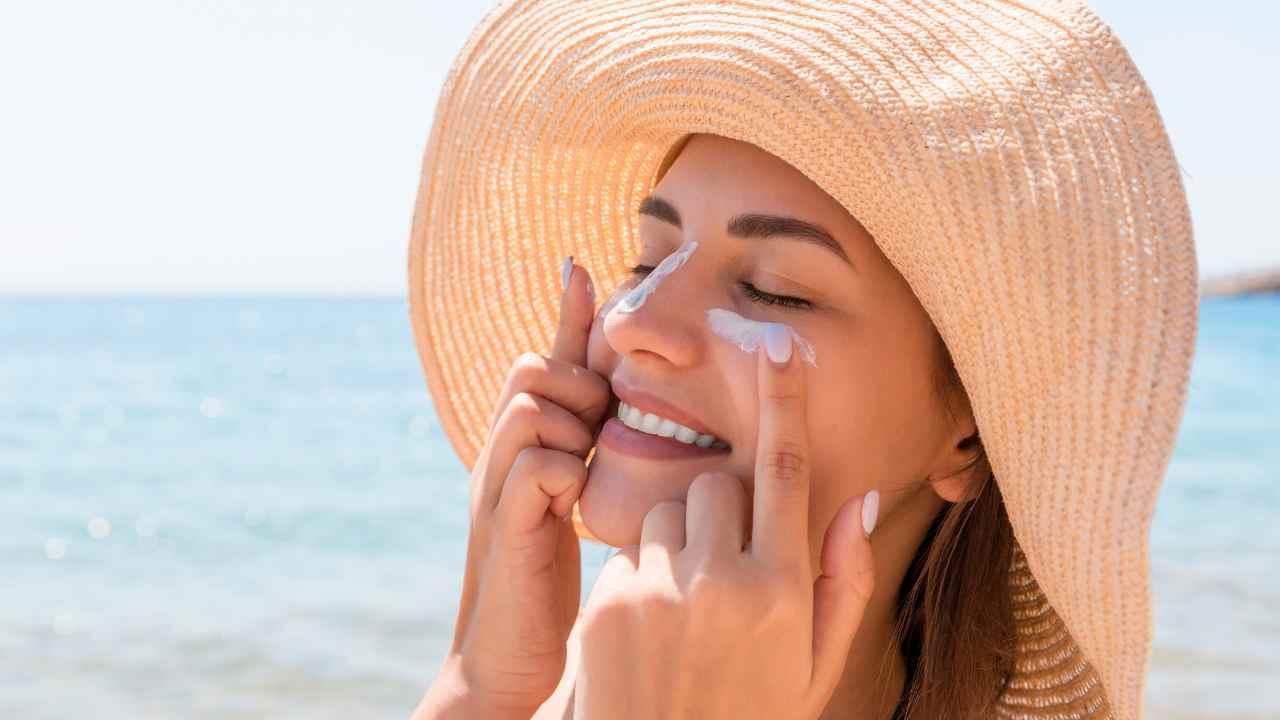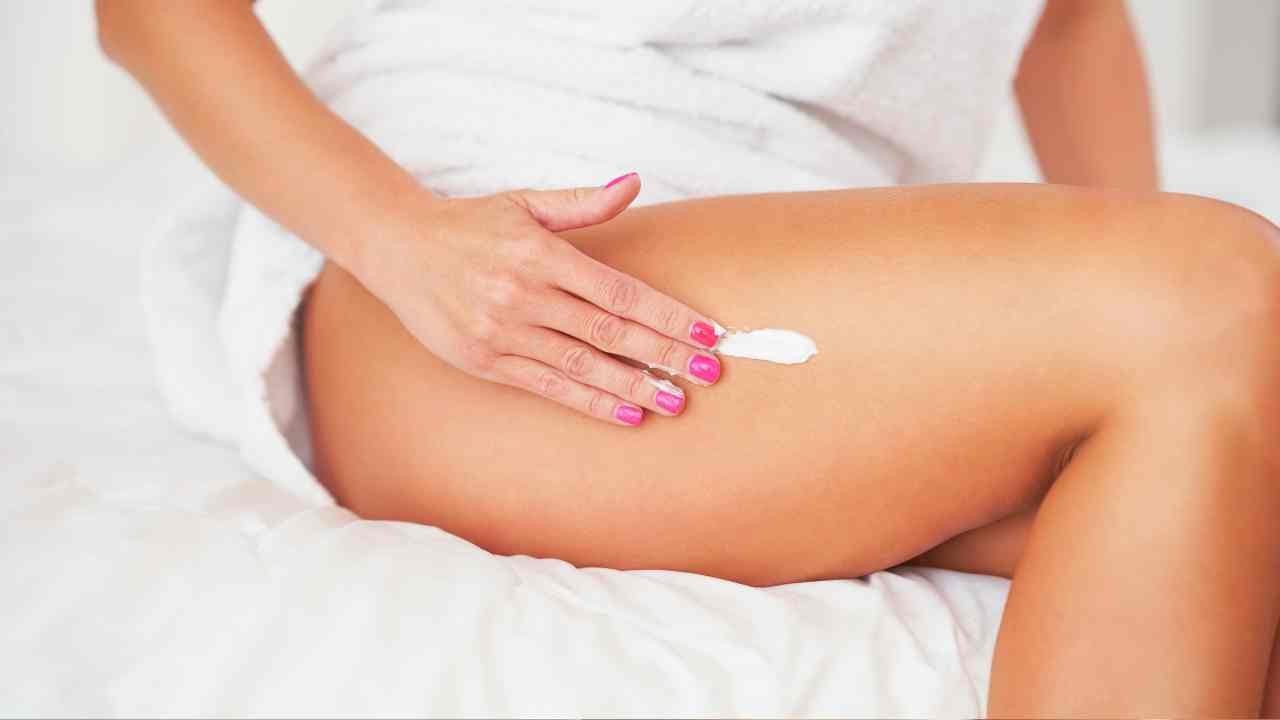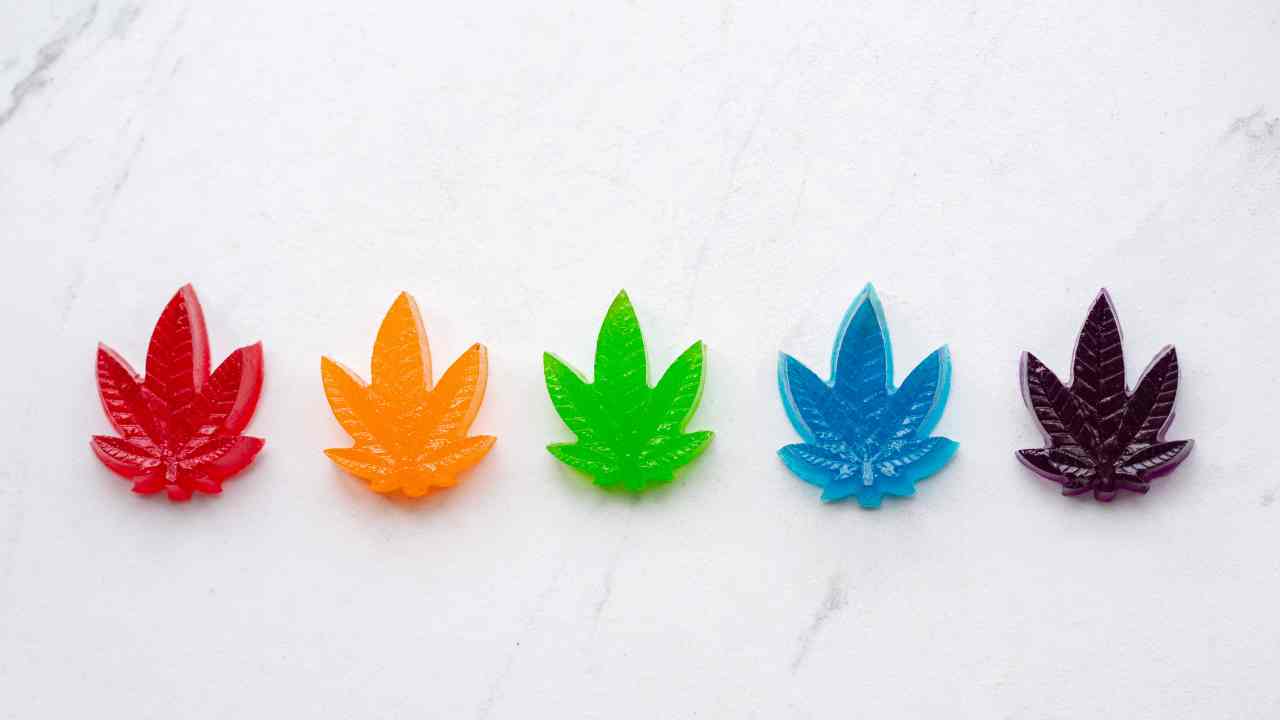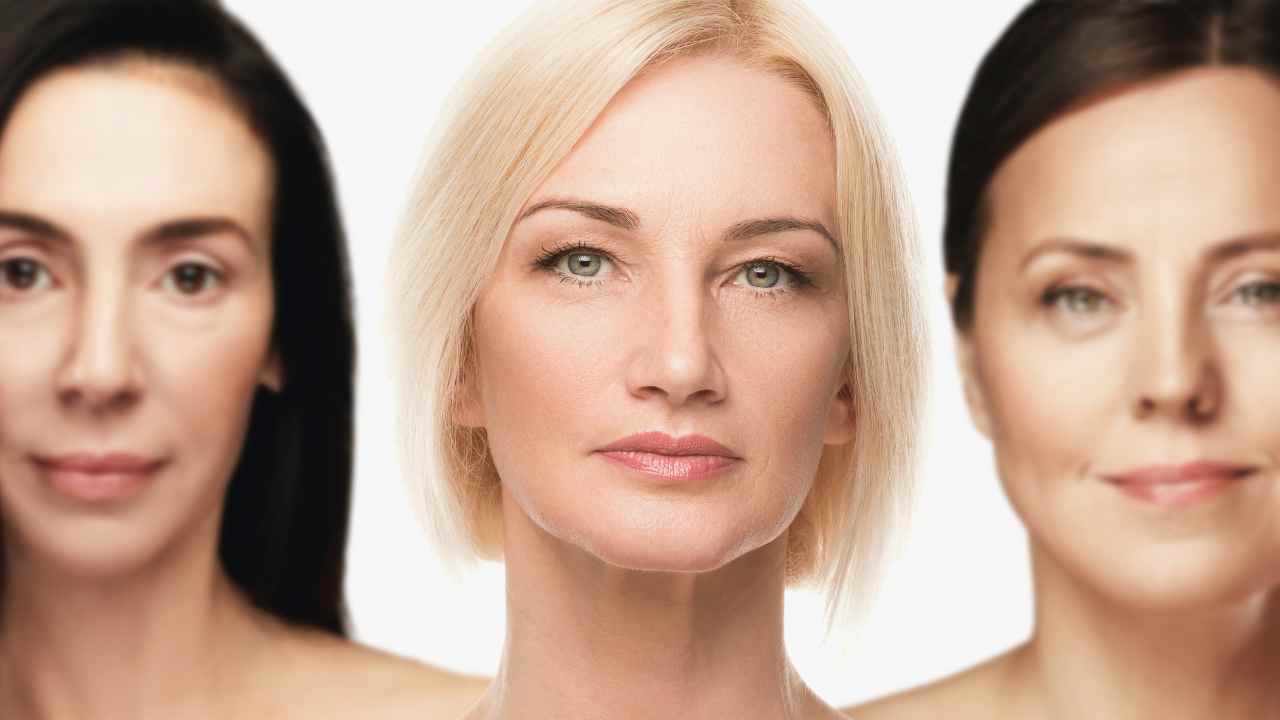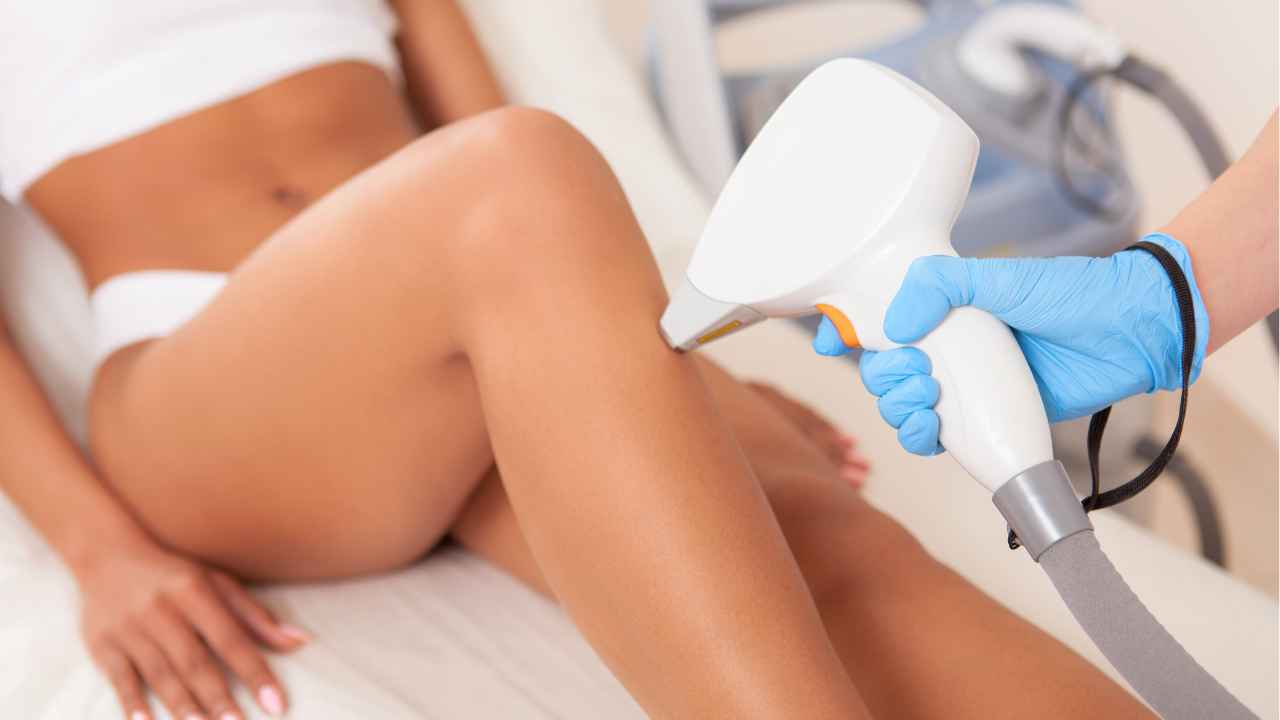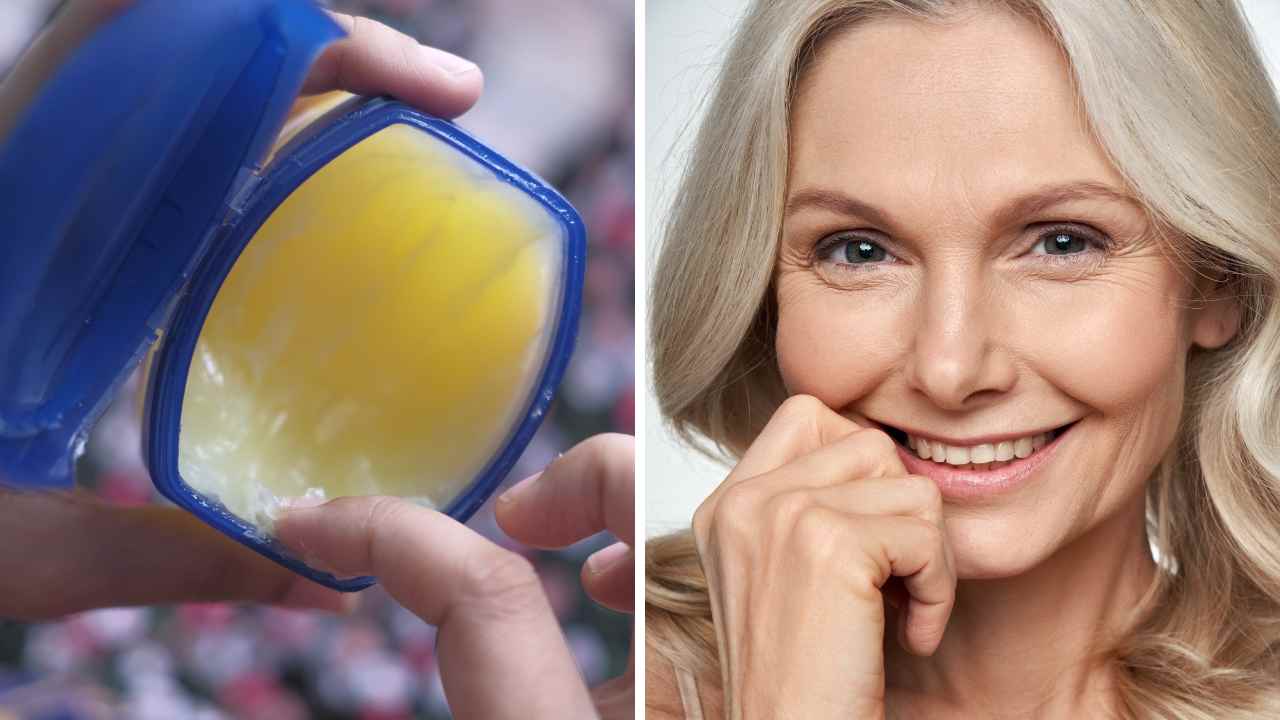
Could It Be This Easy? Does Vaseline Help Crepey Skin?
Can it really be that easy? Are you telling me all I need to do for my crepey skin is slather Vaseline on daily and my skin will magically return to its smooth perfection of days past?
It may sound far-fetched, but this little petroleum byproduct has been a go-to treatment option previously thought to only be available from expensive anti-aging treatments.
Before we dive too deep into the possibilities of using Vaseline for crepey skin specifically, let’s back up and get an understanding of what the infamous substance actually does and if it can be your skincare savior!

What is Causing Your Crepey Skin?
Before delving into the role of Vaseline, it's important to understand what causes crepey skin. As we age, the skin naturally loses elasticity and firmness due to the decline in collagen and elastin production.
Additionally, factors such as sun exposure, dehydration, and lifestyle choices can damage your skin's foundation and exacerbate the appearance of crepey or thin skin.
While it's not possible to reverse the aging process entirely, there are ways to improve the texture and hydration of the skin.
What is in Vaseline?
Vaseline is one of the most iconic and well-known skincare brands around - you’ve probably heard it mentioned hundreds (if not thousands) of times. But what exactly makes this product so special?
Vaseline is actually a type of petroleum jelly, which is derived from the by-product of refining crude oil. The unique mixture consists primarily of mineral oils and waxes that crystallize into a semisolid jelly consistency when heated to room temperature.
This mixture provides protective coverings on our skin while also locking in moisture - resulting in softer, smoother skin!
But believe it or not, Vaseline can do so much more than just give us baby soft skin! It has earned its place as an incredibly versatile healing agent for many different ailments such as minor cuts and bruises, psoriasis, sunburns, diaper rash (for both babies and adults!), chapped lips and cheeks – the list goes on and on!
Not only does it help heal these conditions quickly but it also helps protect your wounds by creating a barrier against dirt and bacteria.
Plus, its water repellent qualities make it great for healing dry skin or cracked feet and hands after washing dishes or while gardening in wet conditions.
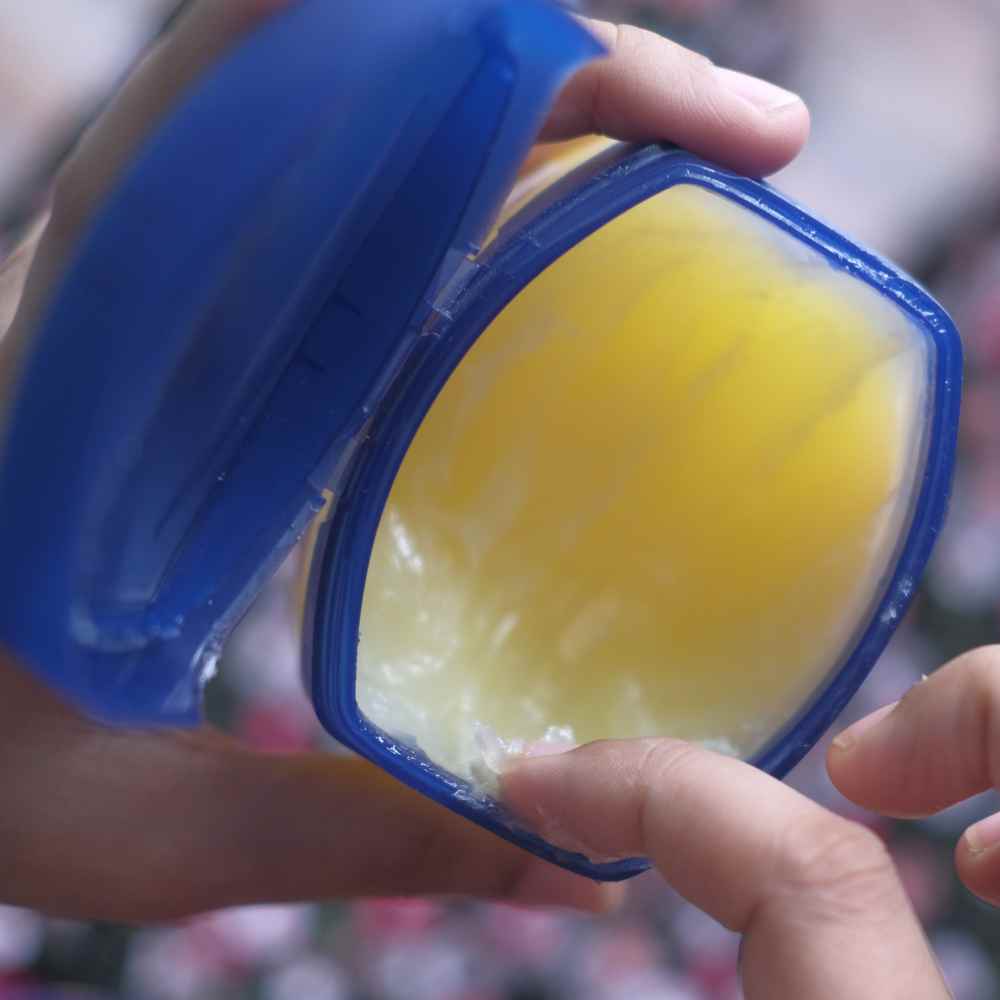
Vaseline for Moisture Retention
One of the key benefits of Vaseline is its ability to lock in moisture. When applied to the skin, Vaseline forms a barrier that prevents water loss through evaporation.
This can be particularly beneficial for individuals with dry or dehydrated skin, as moisturized skin appears plumper and can minimize the appearance of crepiness.
To utilize Vaseline's moisturizing properties, cleanse your skin thoroughly and apply a thin layer of Vaseline to the affected areas to keep skin moisturized. Focus on areas prone to crepiness, such as the arms, legs, and décolletage.
Regular application, especially after bathing or showering, can help seal in moisture and improve the overall texture of the skin.
Protection Against Environmental Factors
The skin is constantly exposed to environmental aggressors that can contribute to crepey skin.
Factors such as sun exposure, harsh weather conditions, and pollution can damage the skin's natural protective barrier and accelerate aging. Vaseline can act as a protective shield, safeguarding the skin from these external stressors.
Before venturing outdoors, especially in extreme weather conditions, apply a thin layer of Vaseline to exposed areas. This can improve the skin's barrier to shields the skin from the elements, helping to maintain its moisture and elasticity.
Support for Wound Healing
In addition to its moisturizing and protective properties, Vaseline has been used for wound healing purposes.
Although crepey skin is not a wound, it shares some similarities with damaged skin. Vaseline's occlusive nature can aid in the healing process by creating an optimal environment for the skin to repair itself.
If you have areas of skin that are particularly dry, irritated, or have small wounds, applying Vaseline can provide a soothing and moisturizing effect.
However, it's important to note that if you have any open wounds or severe skin conditions, it's best to consult a healthcare professional for appropriate treatment.
Enhancing Your Skincare Routine
Vaseline can also be used as a complement to your regular skincare routine. Incorporating it as the final step in your nighttime regimen can help seal in the active ingredients from your other skincare products, allowing them to work more effectively.
This can be particularly beneficial if you're using serums or moisturizers that contain ingredients known to improve the appearance of crepey skin, such as hyaluronic acid or retinol.
Apply a thin layer of Vaseline as the last step of your nighttime routine, after applying your desired skincare products. This can create a skin barrier that prevents moisture loss and enhances the effectiveness of the active ingredients.
Realistic Expectations
While Vaseline can offer potential benefits for crepey skin, it's essential to keep a few considerations in mind. You want to have realistic expectations. Also, take other actions which support skin health. Here are a few main points.
Individual Results May Vary
Every individual's skin is unique, and what works for one person may not yield the same results for another.
Factors such as skin type, underlying conditions, and lifestyle choices can influence the effectiveness of using Vaseline for crepey skin.
It's important to be patient and consistent in your application to gauge its impact on your specific sensitive skin concerns.
Consult a Dermatologist
If you have any underlying skin conditions or concerns about using Vaseline, it's always recommended to consult a dermatologist, especially if you have oily skin or acne prone skin.
They can assess your skin's needs, provide personalized recommendations, and suggest alternative treatments or products that may be more suitable for your specific situation. They may have an even better suggestion of what to use for your aging skin.
Here are some more crepey skin tips from the board certified dermatologists at Doctorly channel on YouTube:
Combination Approaches
While Vaseline can contribute to improving the appearance of crepey skin and keep skin hydrated, it's important to remember that it's not a standalone solution.
Combining its use with other skincare practices, such as a healthy diet, regular exercise, sun protection, and the use of targeted skincare products, can yield the best results.
It's also important to hydrate as much as possible. Drinking plenty of water can make a huge difference in the appearance of your skin.
Give Petroleum Jelly a Try!
In other words, no matter your age or skin type, Vaseline can work wonders on both crepey and aging skin.
If you’re looking for a natural way to improve the texture and feel of your skin, then this is definitely an option worth trying. Who knows? You might even find yourself feeling more confident and loving the skin you’re in!
Don't forget that taking excellent care of your skin is always a great idea, that includes not only caring for it with the best ingredients but also being consistent about using them. So get out there and start slathering up like crazy!



